Lakin Industrial School for Colored Boys
Introduction
Text-to-speech Audio
Lakin (or West Virginia) Industrial School for Colored Boys at Lakin opened in 1922. This correctional facility reflected the era of segregation and housed juveniles who had come into the care of the state owing to alleged cries or other issues. The organization offered shelter and education and was staffed by African Americans.
Images
Small Building at site of Lakin Industrial School for Colored Boys
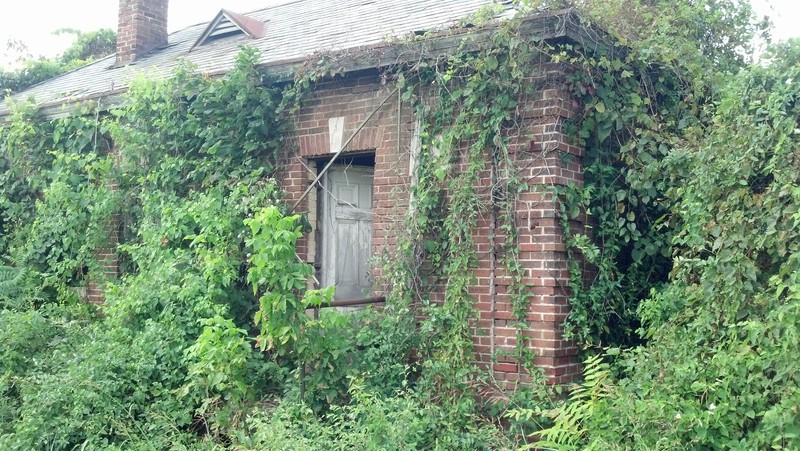
From Ohio River Road toward former Lakin Industrial School for Colored Boys
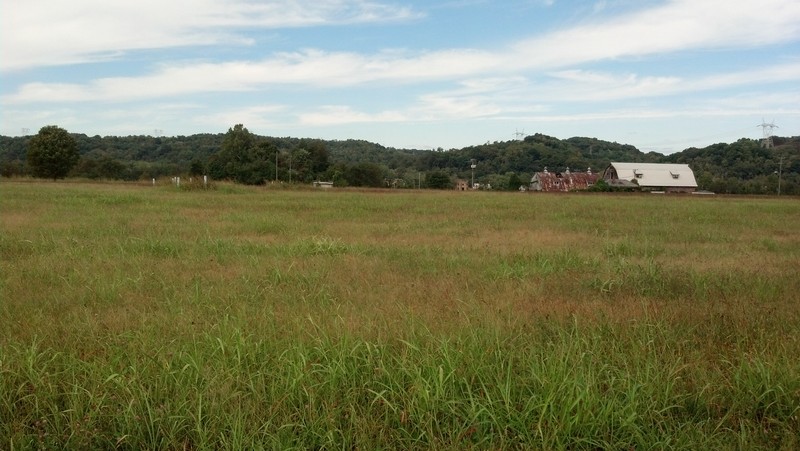
Small Building at site of Lakin Industrial School for Colored Boys
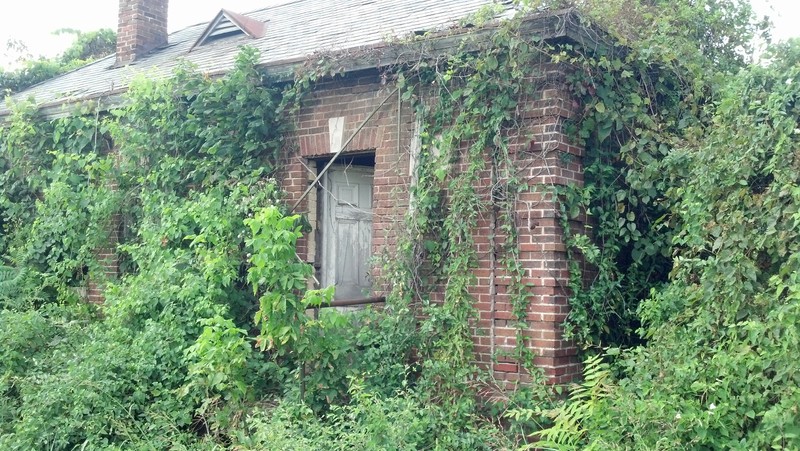
Main Building
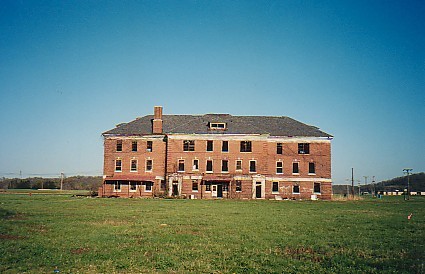
Students using pipe dyes
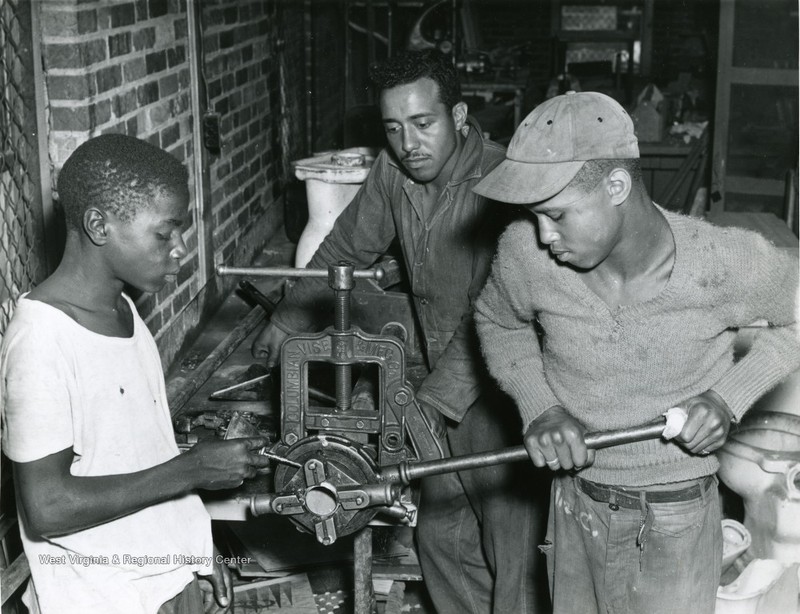
School baseball team
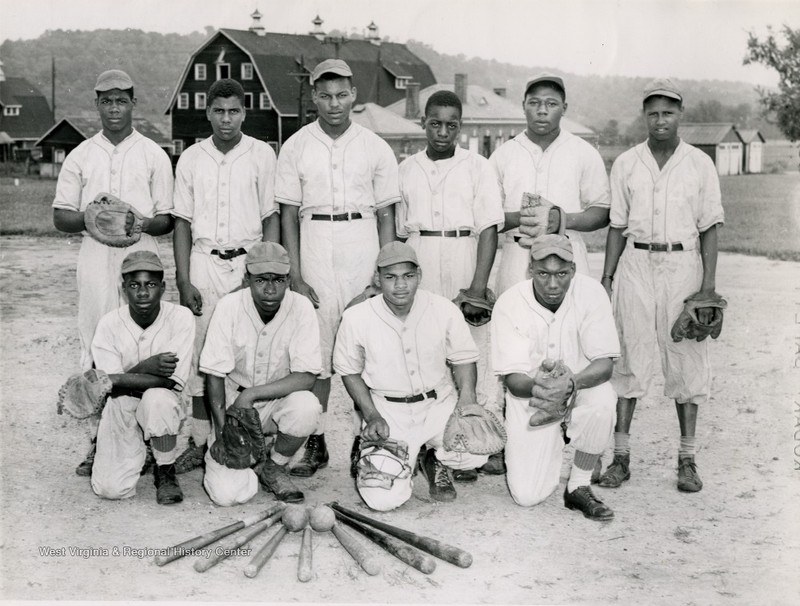
Students getting haircuts and giving them
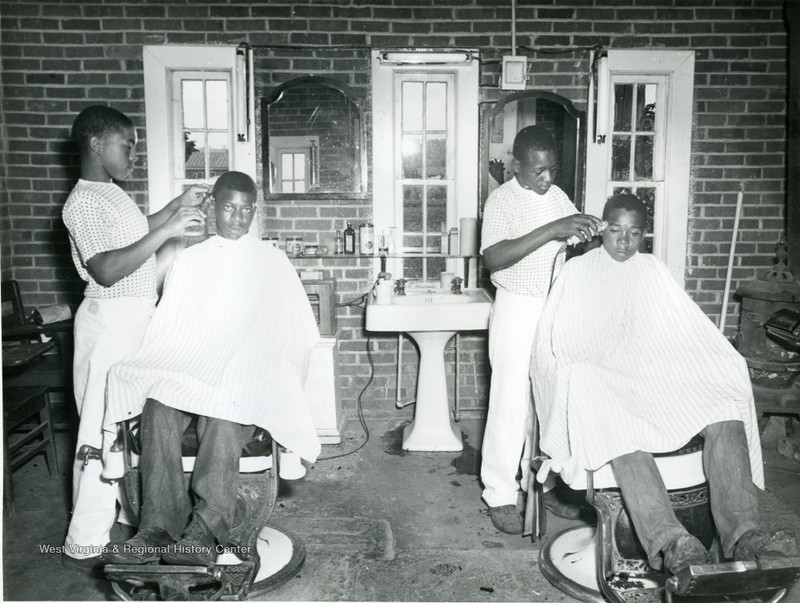
Students and instructor maintaining facility equipment
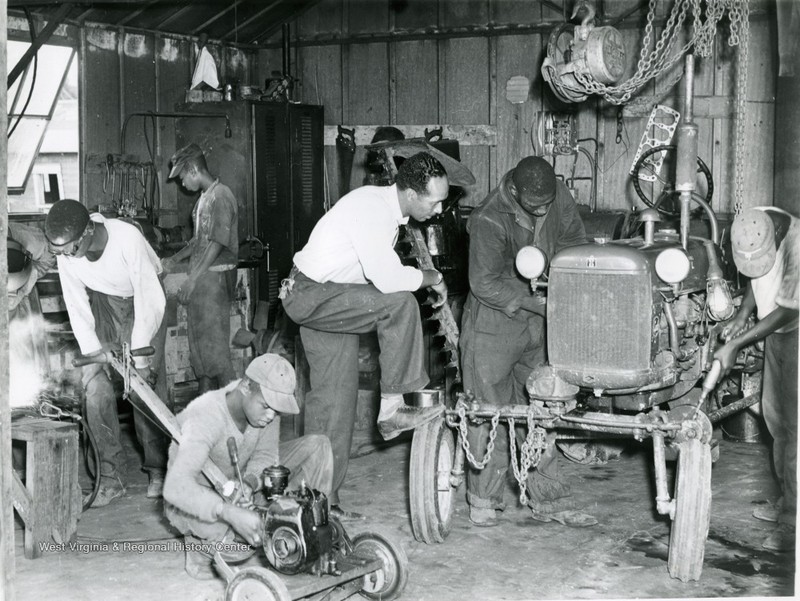
The facility's barn. Cows, pigs, chickens, and vegetables from the institute's land fed the students.
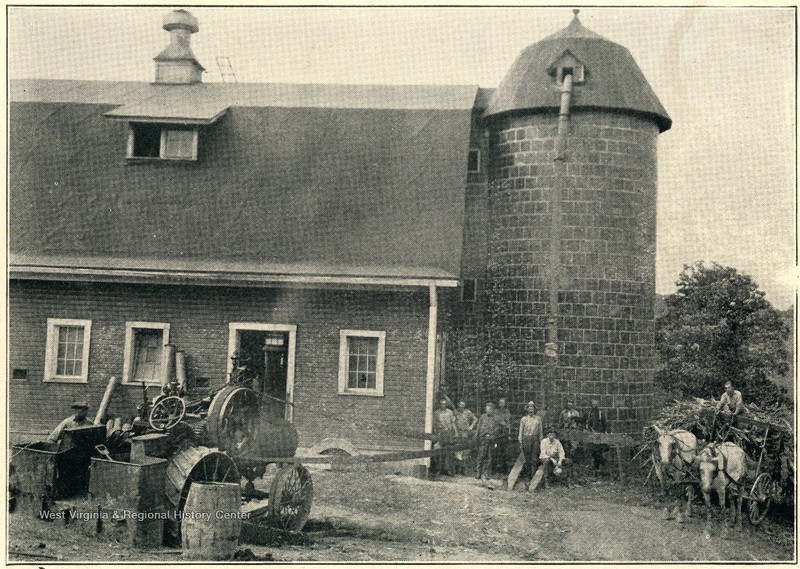
Backstory and Context
Text-to-speech Audio
Lakin Industrial School for Colored Boys was part of the West Virginia juvenile justice system. Opening in 1922, students were transferred in from the state’s other industrial school at Prunytown. From its outset, the school’s students and staff were African Americans. The school remained open until 1956 when the property closed and children were transferred to other state agencies. American Electric Power eventually purchased the grounds and demolished most of the buildings in 2006.
Located in Lakin, WV just across from another historic institution, the West Virginia Hospital for the Colored Insane, both institutions were made possible through the efforts of T.G. Nutter, Harry Capehart, and T.J. Coleman.1 These three African- Americans were members of the West Virginia legislature and were instrumental in creating institutions that provided jobs for African American staff members to serve African Americans, a measure that was viewed as progressive at that time. Students at the school received training in several different industrial fields. The facility included a mechanics garage and farm. While most of the structures associated with the Industrial School have been demolished; however, many of the buildings have been photographed.
Sources
1. West Virginia Archives and History. West Virginia Division of Cultural and History. "A Timeline of African-American History in West Virginia". Web. 20 September 2014
WVU History on View Collection
WVU History on View Collection
WVU History on View Collection
WVU History on View Collection
